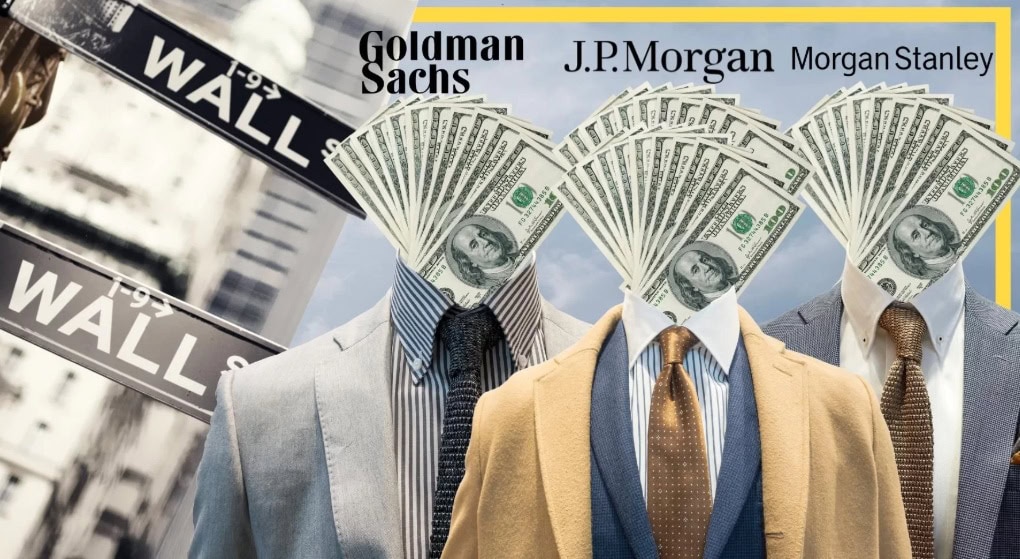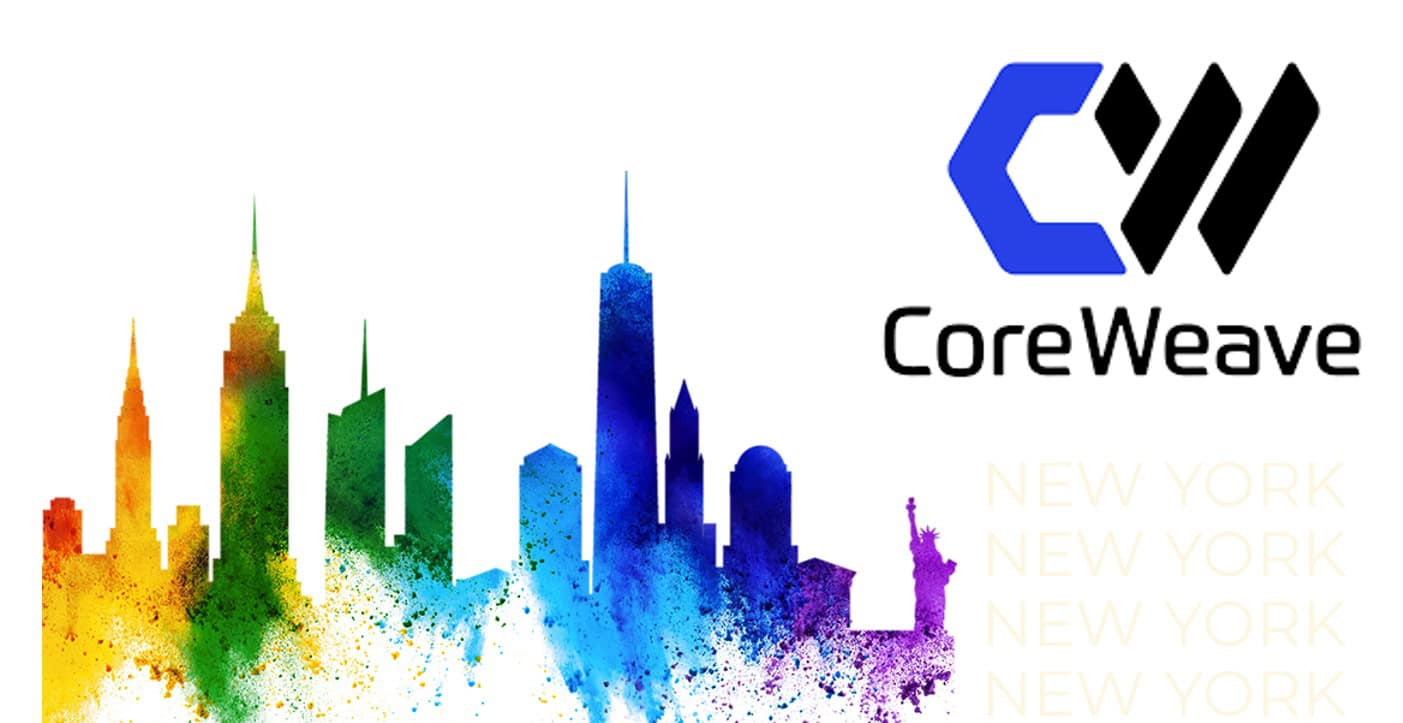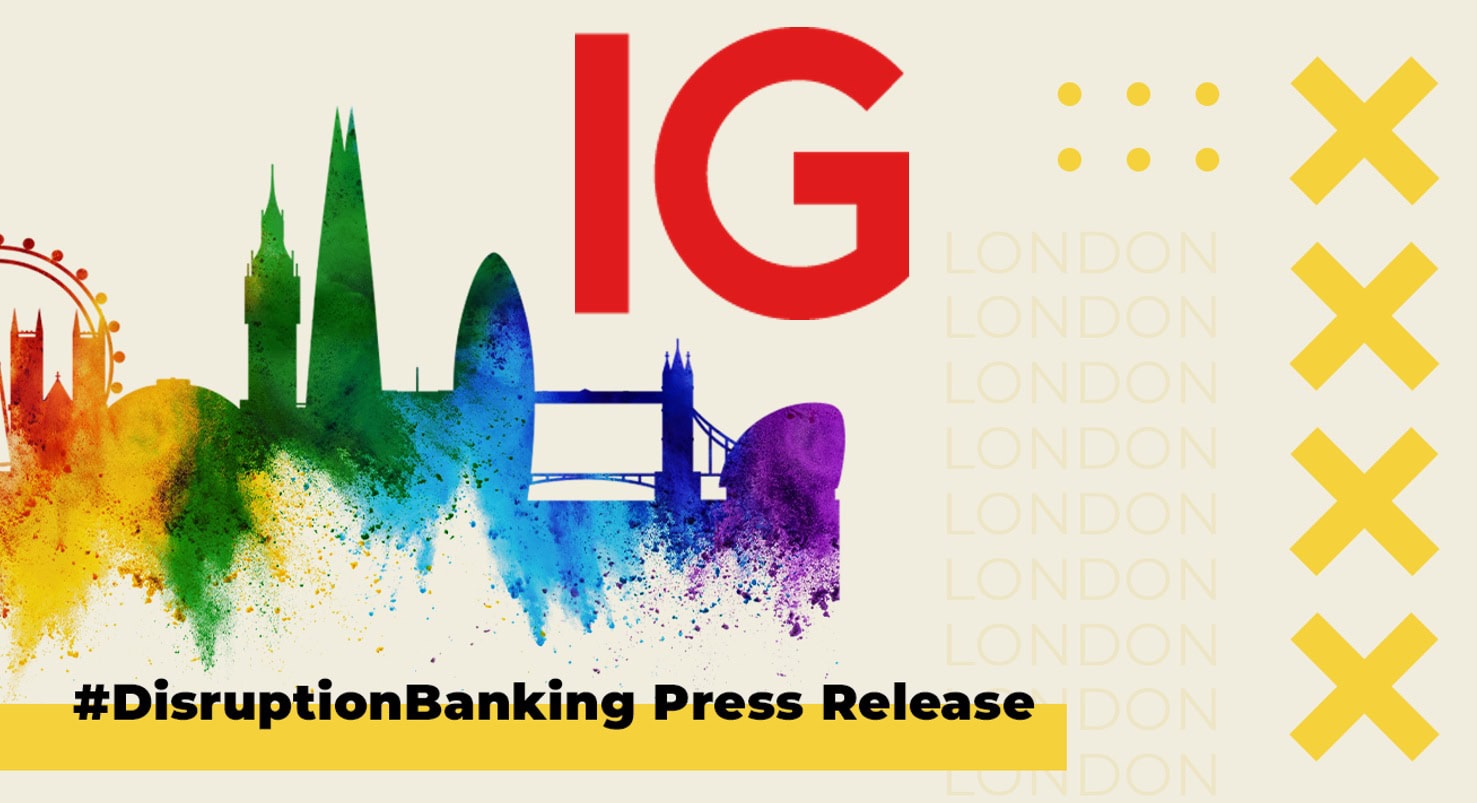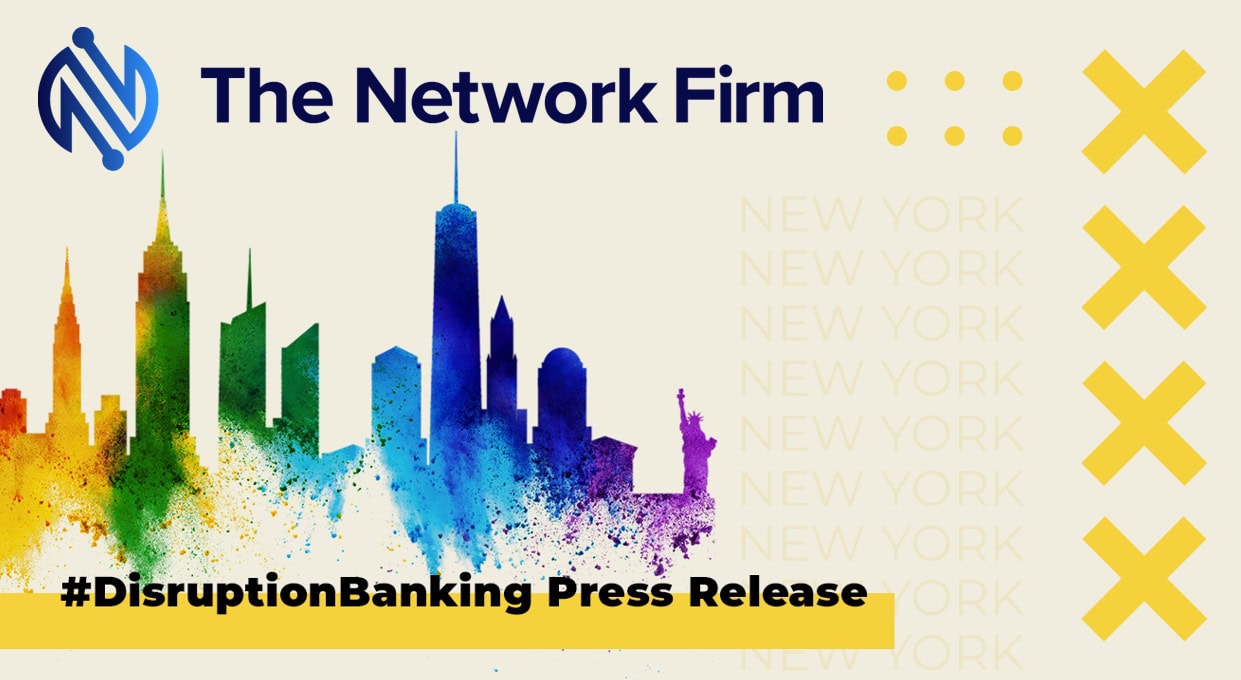It’s hard to find a more hyped yet amorphous concept than the metaverse, since the days when the Internet was just an esoteric network of academics. The metaverse purports to be the successor to the Internet, in which 2D screens will be usurped by immersive virtual worlds, virtual reality (VR) headsets or augmented reality (AR) glasses will transport us to a universe of avatars, governed by a new set of property rights, carved by blockchain or Mr. Zuckerberg. Getting an objective definition is a fools’ errand, but whatever form it takes, it feels inevitable that humans will sleepwalk into some sort of metaverse in the future, enabled by the still nascent growth of spatial computing.
So who will benefit from the $8 trillion market that Morgan Stanley projects will exist by 2030? Or even the $800 billion one that Bloomberg predicts by 2024? These are the top ten metaverse-related stocks currently trading:
Meta
Zuckerberg’s metaverse plans far predate the name change. His $1 billion acquisition of Oculus in 2014 forms the basis of his hardware. The headset is still bulky, the games are few and far between, and the graphics are grainy, to say the least. You’ll leave with a headache but equally, a sense of wonder. The Metaquest 2, released in October 2020, has hit 14.8 million gross units sold, compared to Sony’s PS5 selling 17.2 million, as of January 2022. Make no mistake, approximately 99% of Meta’s revenues still come from its advertising products. In 2022, its metaverse business lost $5.7 billion, while it spent $10 over the course of 2021.
Zuckerberg is staying resolute as he predicts one billion people in his metaverse by 2030, bringing in “hundreds of billions of revenue.” Meta’s stock price is being punished by antitrust cases, higher interest rates reducing companies’ ad spend, and Apple’s privacy update reducing the efficacy of ad targeting. Yet the 1% year-on-year decline in ad revenue can only be compounded by heavy investments in the metaverse, so it’s no wonder its share price is down 53% since its rebirth. It is likely the next step to adoption will be adapting its Workplace product to VR for remote work. Its forthcoming AR glasses will be crucial to creating a lightweight gateway into the metaverse.
Can you describe a virtual world that you want to build? Through AI and voice technology, XR creator @DonAllenIII believes that building the future metaverse might be a lot like writing poetry. pic.twitter.com/MX9w8YbHB3
— Meta (@Meta) August 17, 2022
Snap
Snap’s stock is down 78% from the day Facebook transformed into Meta, where it lost 35% in a day. Snap’s metaverse vision is diametrically opposed to Meta’s; it sees itself as “a camera company” which can build optical lenses that layer fantasy on top of real life. Snap’s flagship AR glasses have not been released to the public yet. Like Meta, it has built its capabilities through acquisitions. It has invested $1.7 billion in recent years and $932 million in 2021 alone.
The key acquisition was the $542 million takeover of Wave Optics, an AR hardware producer. Still, despite other macro headwinds, spending 19% of annual revenue on metaverse acquisitions is being punished by investors. It has recently cut 20% of its workforce to slim the organisation. Its current spectacles offering merely offer the ability to take pictures and videos. While its metaverse vision is a far nimbler one than Meta’s, a usable product remains years away.
Learn to mask with Dynamic Cloth Physics in #LensStudio. In this Cloth Simulation tutorial, @rbkavin demonstrates how Custom Meshes can be applied to any model to make AR experiences more dynamic. Watch the tutorial at https://t.co/HWEiIG2h0b pic.twitter.com/C7quW9M2il
— Snap AR (@SnapAR) September 15, 2022
Roblox
Roblox is the kids’ choice of metaverse stocks. At one point, it claimed that over half of US kids below the age of 16 played the game, while it boasts 52.2 million daily active users. The game allows users to traverse through virtual worlds, building their own experiences while paying in Roblox’s own currency, Robux. Yet as its stock is down 45%, it is looking to further monetise the experience for an increasingly older audience. Its in-game experiences are host to “Guccitown” and “Spotify Island” partnerships already, so it’s no wonder it wants to start pushing for advertising revenue.
Roblox is not yet profitable and certainly saw metrics aided by young eyeballs glued to screens during the pandemic. It is already under an FTC complaint about its poorly differentiated advertising within the game. This is an emerging challenge for all advertising in the metaverse, with the line between content and ads harder to demarcate. Still, Roblox is exploring how it can further grow its “creator economy” offering that allows developers to build experience and get paid. The most fundamental challenge persists: what happens when the kids grow up?
This allows developers to seamlessly produce full, expressive ranges of character animation for their experiences. pic.twitter.com/2bQ8oFUtCz
— Roblox (@Roblox) September 9, 2022
Lenovo
Chinese PC producer Lenovo is an unlikely metaverse candidate. The world’s largest personal computer-maker is looking to spend $15.7 billion over the next five years. Assuming the current rate of annual revenue, with the investment equally dispersed over five years, Lenovo would be spending 4.4% of annual revenue on the metaverse. Despite looking to focus much of its efforts into cloud computing and connectivity to support the metaverse, it has recently released its wearable glasses for “users to enjoy content beyond the limited screen of mobile devices.” Its stock has only gone down 27% off the back of a 17.9% revenue increase in 2022. Lenovo is well placed in the Chinese market to control both the infrastructure and hardware gateway to the metaverse. But it’ll have to do better than a mere screen-in-your-glasses if it wants to take on the other hardware aspirants.
Tencent
Tencent is perhaps better placed than any of the aforementioned companies to build and dominate the metaverse. Imagine a company with Meta’s social network, Spotify’s streaming, Revolut’s payments, and Epic Games’ gaming prowess. Tencent is a true superapp that has a 42% market share in China’s gaming market, having made five acquisitions a year, all within the $100 – 200 million range, since 2019. Yet it is weak on hardware, with the $470 million acquisition of Blackshark Gaming, a smartphone gamemaker that will make VR/AR headsets, being its first foray. Its domestic rival Bytedance, owner of TikTok, has been buoyed by the acquisition of VR-maker Pico, which has signed a partnership with Qualcommm to extend apps’ usability to an AR setting.
China’s large mobile gaming market makes it a perfect market for augmented reality glasses as an extension of the mobile phone. However, the Chinese Communist Party is clamping down on the time children spend on gaming. While Western governments may be happy to acquiesce to the harmful effects of the metaverse on children’s mental health and attention span, the Chinese will not. Its stock is down 38%, and it will tread with caution before going all out on the metaverse.
HSBC
A banking conglomerate is not the most likely name on this list. HSBC recently announced that it is setting up a metaverse investment fund aimed at high-net-worth clients in Asia. It already has a with a “plot of land” in The Sandbox, a blockchain-based virtual world.
“The metaverse is how people will experience Web3, the next generation of the Internet — using immersive technologies like augmented reality, virtual reality and extended reality,” Suresh Balaji, chief marketing officer at HSBC Asia-Pacific, said in a statement.
HSBC says its “Metaverse Discretionary Strategy portfolio” will allow investors to put money into five different aspects of the metaverse: infrastructure, computing, virtualisation, experience and discovery, and interface.
Largely ignored is infrastructure, where Asian countries like Singapore are good testing grounds, due to the ease of giving a whole population fibre connectivity where most people live in high-rises, rather than scattered homes. Hence, 5G rollout will be crucial, benefitting the likes of Nokia.
Why is @HSBC and their Global Head of Innovation, @stevesuarez, optimistic about the #metaverse? Find out with this feature from #Money2020EU:https://t.co/YbevQ2QZ59
— #DisruptionBanking (@DisruptionBank) June 8, 2022
Wemade Max
Korean game developer Wemade Max has pushed forward with its blockchain vision of the metaverse. Its latest game, Mir4, integrates the gaming world with crypto and NFTs. Darksteel, can be exchanged into DRACO coins, which themselves can be exchanged for WeMix credits or Hydra coins, which have higher value, and from there — traded in for tangible funds. Wemade Max are intent on expanding on the “play-to-earn” concept that rose to prominence with the blockchain game Axie Infinity. Despite the market turmoil, the stock is only down 25%, showing the strength of the Korean gaming market. With annual revenue of $17.1 million, it seems VR is not in the thoughts of the Korean giant just yet.
GIANTSTEP
Another Korean firm that began creating visual effects for the likes of Hyundai and Samsung, before moving onto virtual avatars and “digital human projects.” It has been collaborating on SM Entertainment’s virtual K-pop group Aespa, and the firm successfully led the K-pop firm’s XR live concert last year, the world’s first fee-paying virtual live concert. There is no doubt that this represents one of the greatest opportunities within the metaverse. The chance to attend a gig virtually is one that could attract all age groups. This is more promising than fan collectables and passes via NFTs, although they could serve part of the wider experience. It follows developments in the West, where Travis Scott performed within Fortnite. Clearly, the big media companies see the potential – the firm has also been closely collaborating with Walt Disney, Netflix and NBC Universal.
“Aiming to be a global creative tech studio, GIANTSTEP will become a game changer of the visual content market, spearheading a paradigm shift of the industry with differentiated technologies and original visual insights,” co-CEO Ha Seung-bong said during a pre-IPO press conference. The stock is down 52% though, with the company still haemorrhaging cash. Its revenue is up 44% year on year, but net income down 148%, as the firm is investing heavily in research and development.
Kering
The parent company of Gucci, Saint Laurent, Bottega Veneta, and Balenciaga, understands the value of having a strong brand. Hence, it sees the metaverse as an opportunity to solidify the elite status of its high fashion labels. Kering has a full team working on the metaverse and Web3. According to Chief Executive François-Henri Pinault, this includes NFTs linked with physical products, as well as new products that do not exist in the physical world. This seems like a strong approach given the problems with counterfeit goods, allowing buyers to prove authenticity. Another push is towards allowing licensing of goods via smart contracts, giving Kering “lifetime royalties” on sales. As already mentioned, selling digital merchandise such as Gucci bags on Roblox is another route Kering have experimented with. It has also allocated a Kering Ventures fund to invest in technologies that will enable the fashion house to capitalise on the shift. Its stock is only down 24%, given its wealthy clientele who are likely to be less affected by the forthcoming recession. Kering’s capital expenditure on the metaverse is dwarfed compared to its 1.99 billion euros net income for the first half of 2022, which was up 34%, having little bearing on valuation.
A lot of luxury #brands are venturing into the #Metaverse.
— NFT.topia (@NFTtopiaGER) September 16, 2022
Some about real benefits in life and others about wearables for games.
Brands like #gucci #balenciaga or #louisvuitton enter the stage and try to reach new targets.#nft #nftcommunity #luxury #fashion pic.twitter.com/8VQw4zIkyV
LVMH
Kering’s arch rival, LVMH, home to Louis Vuitton, has made similar incursions into the metaverse. Launched in August of 2021, Louis: The Game takes its players through an “action-packed adventure through six imaginary worlds.” There, they play as Louis Vuitton’s mascot, Vivienne.
Since its launch, the game has been updated and enhanced to include new quests and rewards. Players who collect a certain number of free NFTs earn chances to qualify for an NFT raffle. The game has two million downloads, with LV looking to enshrine its name into the Gen Z consciousness. Games might be another way to enrich the origin stories of these luxury brands to those unfamiliar with them. Another option is to sell cheaper digital merchandise to those who can’t afford the real thing. Its stock is only down 6%, as it remains unperturbed by inflation.
As the hype from the Zuckerberg name change fades, we are gaining a clearer view on who will control the metaverse – even if it remains in the distant future. The most important element is hardware, but of course, this is nothing without an ecosystem that provides utility. The key challenge is moving beyond the gaming market to build something that everyone will use. Another is bringing down the price of VR180 degree cameras to bring video into the 3rd dimension. We are still a while away from usable AR glasses that extend beyond gimmicky use cases. Whoever manages that feat, however, will surely become the gatekeeper of a new internet.
Author: Tal Feingold
#Metaverse #VR #AR #Blockchain #Gaming















